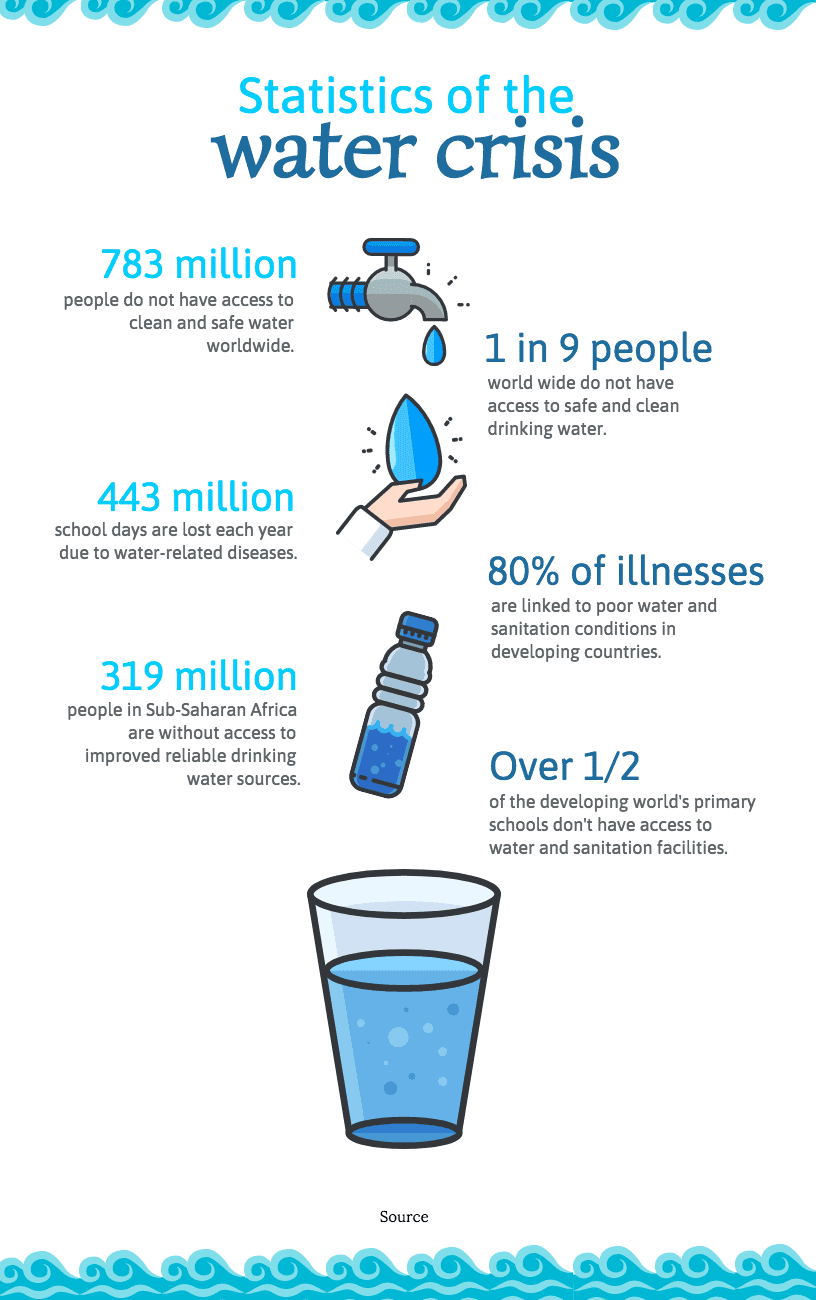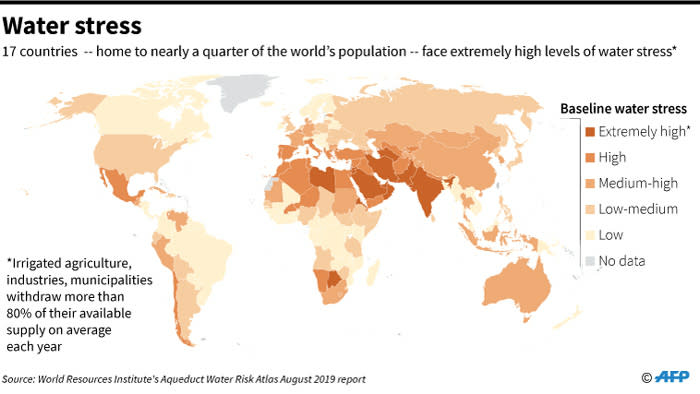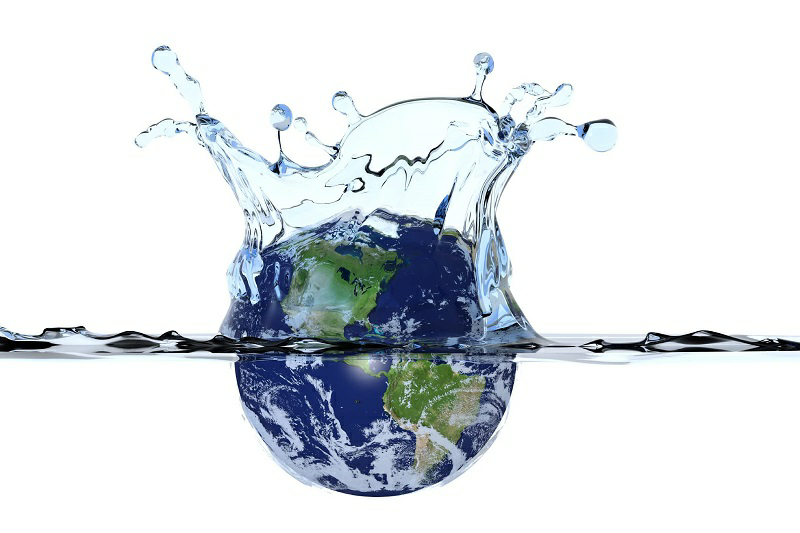Water crisis is not something which has taken place recently but something which has been going on since a long time. Its use has been growing each year driven by a combination of what we call as socio-economic growth and development. Water as we all know is a breath of life. We all know how important it is but still there are high chances that we might not have enough water for survival probably in the next decade or for that matter even in the upcoming five years with climate change taking place at such a rapid pace. Water still has to cater the needs of over 3 billion people more in this world by the year 2050 and not only that it also has to sustain the lives of people presently living.

The UNHRC (United Nations Human Rights Council) launched a campaign called ‘Leaving no one behind’, with the motto that safe drinking water and sanitation facilities are basic human rights of all human beings. Also with a faith that water supply is essential in addressing various socio-economic inequalities. We all know how population also plays a major role in determining how much water is available for all. Water quality and quantity concerns might become the next International -Trans boundary political issues.
About 71 percent of the earth is covered with water and 96.5 percent of earth’s water is present in the oceans. The freshwater available for human use is even lesser than 5%. This freshwater is also unavailable to a few countries of the world. Over 2 billion people live in country facing high water stress. Around 4 billion people experience severe water scarcity during at least one month of the year. Are we ready to face a water scarcity for the rest of the world as well after such an extensive coronavirus scare? If China is kept aside for a second then is the third world war going to take place because of water? There are very high chances for that to happen. So let’s get straight to some facts.

What do we know about the current water situation of the world?
? Approximately 38% of healthcare facilities in 54 countries do not have access to basic water sources and around 20% of them do not have access to primary sanitation infrastructure (WHO/UNICEF, 2015a)
? Migrants, disables, refugees, women and poor people face the maximum number of challenges in terms of access to safe and reliable water facilities.
? The Arab region is the most water stressed region in the world. 9% of the total population lacked a basic drinking water service in 2015 out of which 73% of the population lived in the rural areas.
? The increase in demand for irrigation, high levels of water pollution and untreated wastewater are one of the many reasons behind inaccessible safe drinking water in regions of the Asia and Pacific.
? While the situation is severe for the areas of Europe and North America as well. The greatest example being probably the turning off water from the famous Russian fountains due to a water scarcity.
? In the year of 2015, 65% of the total population in the Latin America and Caribbean had access to safely managed drinking water services.
? A periodic and chronic water supply challenge is a roadblock to Africa’s path to development. Till 2015 only 24% of the total population of Sub-Saharan Africa had access to improved drinking water.

The lives, livelihoods, communities and economies of countries are majorly dependent on the water supply and demand of that particular region. We are far from reaching and creating a sustainable future for our coming generations. Water scarcity cannot be seen just as a problem solving practice but it is primarily about rethinking, reshaping and redesigning our relationship with the water that flows. One thing that we might have realized amidst this pandemic is having a pause to our daily activity of exhausting natural resources. The witness being the crystal clear water of Yamuna during the National Lockdown in India and cleaner Venice canals.
I feel that now is a great time to inject the idea of rebooting the exhausted natural resources of the world by abiding to the norms of a circular economy where the natural resources are valued, less polluted and less wasted as well. While many countries like Denmark, The Netherlands, Japan, Scotland and Sweden have already started adopting this model but there is a lesser amount of consciousness amongst people about using this legislation. It is high time now that we shift our approach towards more sustainable growth practices. Ending with a hope that one day not a single person has to walk miles for just fetching a pail of water.
Written by- Bharvi Dani
Bibliography
https://unesdoc.unesco.org/ark:/48223/pf0000367276
https://www.unwater.org/publications/world-water-development-report-2019/ http://lib.riskreductionafrica.org/
World Resource Institute‘s Adequate Water Risk Atlas August 2019 Report.
http://www.plumbingafrica.co.za/
